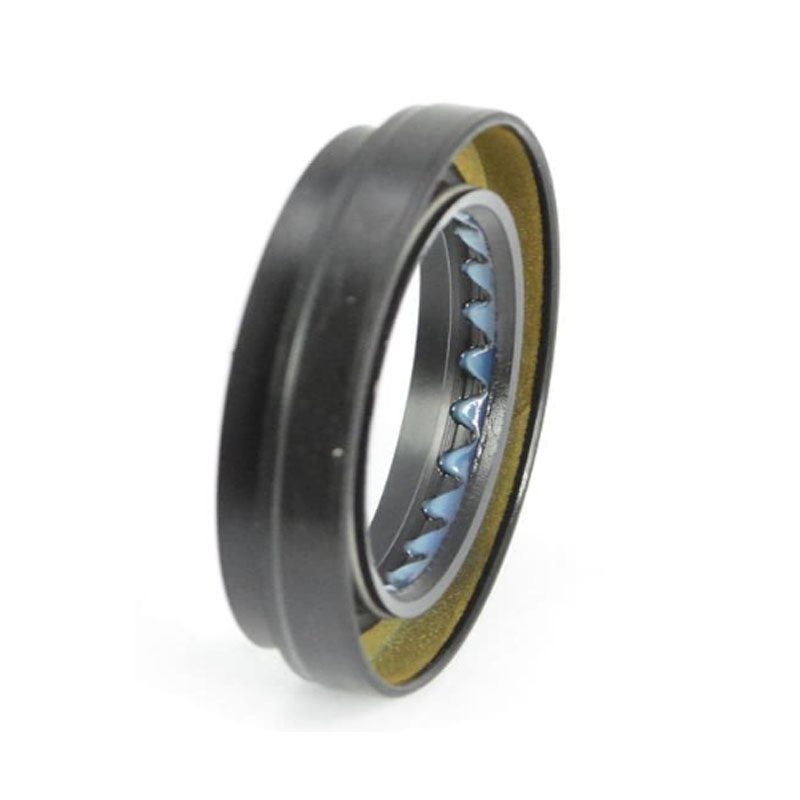power steering pump seals
Understanding Power Steering Pump Seals Importance and Maintenance
Power steering systems are critical components in modern vehicles, providing drivers with enhanced control, reduced steering effort, and overall driving comfort. At the heart of these systems lies the power steering pump, which circulates hydraulic fluid to assist in steering the vehicle. One of the vital components of the power steering pump is the seals. In this article, we will explore the importance of power steering pump seals, the potential issues that can arise when they fail, and best practices for maintenance.
The Role of Power Steering Pump Seals
Power steering pump seals serve several essential functions within the power steering system. Firstly, they help contain the hydraulic fluid within the pump, preventing leaks that could lead to inadequate steering assistance. Secondly, seals are crucial for maintaining the proper pressure within the system, ensuring that the necessary force is exerted on the steering gear. Lastly, good seals contribute to the overall efficiency of the power steering system by minimizing unwanted fluid loss.
Types of Seals
There are various types of seals used in power steering pumps, including O-rings, lip seals, and flat gaskets. O-rings are circular seals that fit into a groove and compress to create a tight seal, while lip seals consist of a flexible lip that rides against a shaft or housing to prevent fluid leakage. Flat gaskets are often used to seal the junctions between different components of the pump. Each of these seals has unique properties and applications based on their design and the specific requirements of the pump.
Signs of Seal Failure
One of the most common issues associated with power steering pump seals is leakage. If you notice fluid pooling beneath your vehicle, especially if it has a reddish hue (indicating power steering fluid), it may be a sign of a seal failure. Additionally, drivers may experience intermittent or persistent whining noises when turning the steering wheel, which could indicate that the fluid level is low due to leaks.
Another symptom of seal failure is a stiff or unresponsive steering wheel. When seals are damaged and unable to maintain the required pressure, it can lead to poor steering performance. In some cases, small particles from degraded seals can contaminate the hydraulic fluid, leading to further issues within the system.
power steering pump seals

Maintenance and Replacement
To prevent seal failure and extend the life of your power steering pump, regular maintenance is essential. Here are some best practices
1. Fluid Checks Regularly inspect the power steering fluid levels and top off as needed. A low fluid level can increase the risk of seal damage.
2. Leak Inspection Routinely check for any signs of leaks around the power steering pump and hose connections. Early detection can help address issues before they escalate.
3. Fluid Replacement Over time, hydraulic fluid can degrade and become contaminated. Follow the manufacturer's recommendations for fluid replacement intervals to ensure optimal performance.
4. Professional Servicing If you notice any signs of seal failure, it is wise to consult a professional mechanic. They can assess the condition of the power steering system, including the seals, and recommend necessary repairs or replacements.
Conclusion
Power steering pump seals may seem like small components in the grand scheme of a vehicle's operation, but their role is crucial for effective steering performance. Understanding their importance, recognizing the signs of wear, and engaging in regular maintenance can help ensure a smooth and safe driving experience. Whether you are a seasoned driver or a newcomer to vehicle ownership, being proactive about power steering maintenance will keep you on the road with confidence. Always remember, investing time in understanding your vehicle's systems pays off in reliability and safety.
-
Simplifying Oil Changes: A Comprehensive Guide to Oil Drain Plugs and Their Variants
News Aug.04,2025
-
Mastering Oil Drain Maintenance: Solutions for Stripped, Worn, and Upgraded Oil Plugs
News Aug.04,2025
-
Fixing Oil Pan Plug Issues: Leaks, Stripped Nuts, and the Right Replacement Solutions
News Aug.04,2025
-
Everything You Need to Know About Oil Drain Plugs: Sizes, Fixes, and Upgrades
News Aug.04,2025
-
Choosing the Right Oil Drain Plug: A Guide to Sizes, Materials, and Drain Innovations
News Aug.04,2025
-
A Complete Guide to Automotive Drain Plugs: Types, Problems, and Innovative Solutions
News Aug.04,2025
-
The Ultimate Guide to Car Repair Kits: Tools and Essentials Every Driver Should Own
News Aug.01,2025
Products categories















